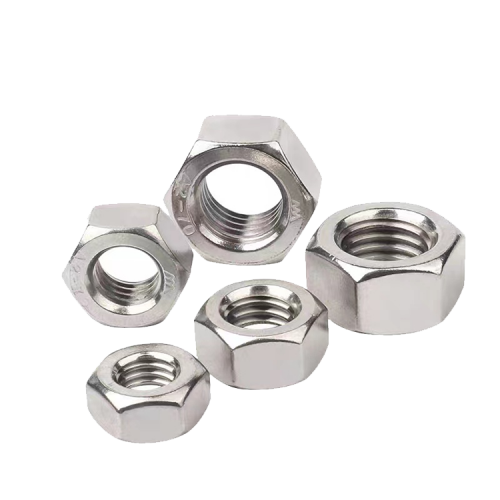Mahjong, as a time-honored traditional chess game, has attracted countless players with its rich gameplay and profound cultural heritage. If you are new to mahjong, you may find the rules and terms of this game complicated and dazzling, but rest assured! This article will provide you with one-stop mahjong introductory teaching, so that you can easily master the basic knowledge and get started quickly. This is not only learning, but also the beginning of fun.In addition to domestic, BL777 online casino It has also emerged in the international field and gradually gained the favor of more foreign friends. https://www.bl77777.com/
The charm of mahjong lies in its various ways of playing. The basic types of mahjong cards can be divided into three types: ten thousand characters, barrel characters and strip characters! Specifically, there are 36 swastikas from 10,000 to 90,000; There are also 1 to 9 strips, a total of 36; Like the name, there are 36 drum plates from one drum to nine drums, plus four wind plates and three plates, and finally there are 136 in total. The combination of these cards adds endless possibilities to the game.
Next, let’s look at the basic operation of mahjong. At the beginning of the game, the dice will be rolled to determine the direction of the dealer and the seat. Shuffling is not a problem. Remember, right in front of the whole mahjong table is the opposite home, the upper home on the left and the lower home on the right. Each player touches the cards in order, starting with the dealer, 14 cards will be touched, and the leisure family will touch 13 cards. Everyone is eagerly waiting for the first card to appear!
How to roll the dice? When we roll the dice, the number of points added by the two dice determines the position of holding the cards, and the smaller dice will tell you where to start holding the cards. Simple, right? After touching the cards, it is the dealer’s turn to play the first card, and then each player touches the cards and plays cards in turn. Remember, you have to take a new card from the pile after the leverage!
Playing card type analysis is also the key to getting started with mahjong. There are several main card types that should be paid special attention to: a straight is three cards with the same suit in numerical order, an engraving is three identical cards, and a pair only needs two identical cards. More complicated ones, such as bar cards (four cards are the same) and uniform cards (the whole deck is composed of the same suit), have their own characteristics and are colorful, which makes the world of mahjong so charming.
In mahjong, the rules of eating, touching and bumping are also very important. You can only eat one’s cards when you eat, but you can touch three when you touch them, while the bars are divided into open bars and dark bars. These skills are tips for winning in the game. As long as you make good use of them, you will definitely become a mahjong master.
How to play Hu cards is also a rule that novice players need to be familiar with. When the cards you catch are combined into a draw, it’s self-touching. And shooting refers to playing the cards needed by the other three. This means that the whole game is full of strategic and psychological contests, which is really unexpected and exciting.
If you are curious about mahjong and want to find out, follow our steps, learn our skills and start your mahjong trip! Whether it’s gathering with friends or family reunion, this game can make you laugh and cultivate your feelings. Why not? Through this article, please enjoy this contest between intelligence and luck. I believe you will find your own fun and highlights in this traditional culture.






